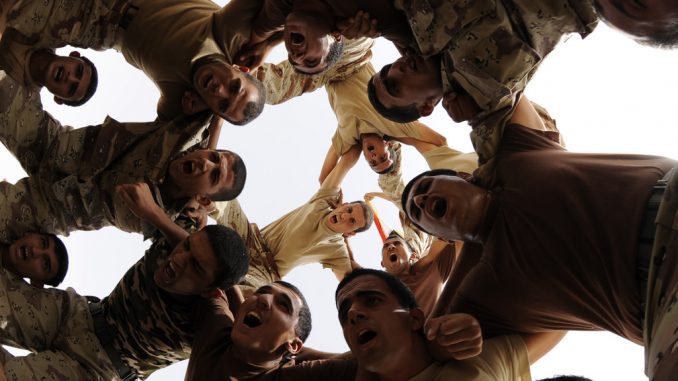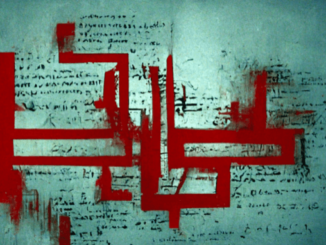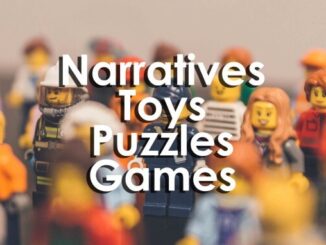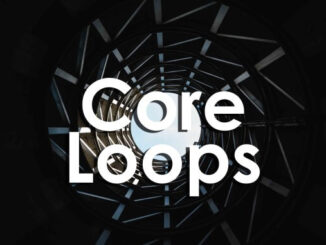
In a previous article for Ludogogy, I explored why it’s important that not all learning games are competitive, especially when teambuilding is a key aim. But If we don’t have that simple crutch to reach for – ‘who can do the thing better/faster?’ – how can we design collaborative mechanics and player journeys? Here are five ways.
1. Take inspiration
Many collaborative games already do things well. Not just co-operative boardgames and ‘co-op modes’ on computer games: party or ‘parlour’ games, word games, ‘car’ games and children’s games too. I’ve found six loose categories of game that I take inspiration from (although I’m careful to remember that some of the best games cross categories or defy categorisation).
‘Beat the game’
The players are a team, with complementary skills, roles or resources, aiming to beat the game’s obstacles and challenges. The best games of this type have systems to differentiate how players can contribute. Examples include Pandemic, The Crystal Maze, World of Warcraft, Dungeons & Dragons, Rock Band, children’s clapping games, Tick Tock, and the co-op mode of computer games such as Portal 2. Many such games can be thought of as collaborative puzzle-solving.
‘Enemy within’
Most of the players co-operate to uncover one player working against the group. The ‘mole’ has their own goal, but can’t work too obviously towards it without showing their true colours. Examples include Werewolf, Saboteur, Wink Murder, Secret Hitler and Spyfall.
‘Limited communication’
Collaboration is hampered by rules and structures limiting how players communicate, and the challenge is to overcome these limits. Charades is a classic example (some people play this competitively, but its essence is collaborative). Other examples include Hanabi, Keep Talking & Nobody Explodes, Codenames and The Mountains of Madness.
‘Mind-reading’
Players must think about how others think and take action based on that, with little/no actual communication. For example, in Mind Meld, players must try to work out what word is ‘between’ two other words, and shout it out, winning when all shout out the same word. But what makes a word ‘between’ two others? It depends how you think. The Mind, Dixit, Cards Against Humanity and Mysterium work similarly.
‘Make-a-chain’
In Word Chain, given a category, players have to name something from it that begins with the letter the last person’s contribution ended with. See also Six Degrees of Kevin Bacon, Carnelli, The Exquisite Cadaver and Consequences.
‘Sandbox’
Some collaborative games may challenge the definition of games. Minecraft probably sits somewhere between a game and a toy, depending on definitions and how you use it. But many options involve helping others, collaborating on building projects, and appreciating others’ efforts. Sandbox games gove a lot of autonomy to players, and so have huge capacity to inspire creativity. Other sandbox games include the Legend of Zelda series, and by some definitions, actual sandboxes and Lego.
2. Use shared obstacles, goals and gameplay
Once we start to look around for inspiration, we find patterns in ways effective games often do it. This may be the simplest. Almost any competitive game can be switched from ‘who can do this best?’ to ‘can we beat this target?’. If tempted to use individual goals alongside team goals, remember that some player types will prioritise individual glory.
The most collaborative games are often ones where the shared objective is central to gameplay. Six Degrees of Kevin Bacon, where players try to see how few links (films both actors appeared in) they must use to connect Kevin Bacon to a given actor, demands to be played cooperatively, because the conversation is the gameplay. Doing it separately and competing for the fewest links would be markedly less fun.
3. Force interdependence
The best ‘beat the game’ games often nudge or force co-operation. With different resources, roles or skills, Players must often rely on each other. Dungeons & Dragons is a great example of this, where challenges often require different combinations of individual specialties: fighting, spellcasting, sneaking or healing.
Some games use structure to mandate full co-operation, such as The Mind, where victory is only possible if all players place their cards down in the right order, which in turn is only consistently possible through building understanding of each other’s play. Others force communication from all to win; in Keep Talking & Nobody Explodes, players will only successfully defuse a bomb if they combine the separate information they each have.
4. Maximise ways to contribute
Different players have contrasting styles and preferences. Many great collaborative games allow for this, not making every contribution come from the same place. If collaboration in your game is only about negotiating, or prioritises the contributions of the most confident communicators, some players may well have more fun than others.
Games with separate roles like Dungeons & Dragons, Rock Band and Codenames do this well, as do options with many different ways to play effectively and enjoyably, like Minecraft or Consequences.
5. Anticipate issues
No plan survives contact with reality, and that holds absolutely true for games and game design. Your players don’t think the way you do, and they will find motivators, difficulties, shortcuts and more that you didn’t anticipate. So think (and playtest) around how all your collaborative plans might be derailed. Could a player hog the limelight or be marginalised? Could they go rogue on the collaborative goal?
Take as an example the training game, Red/Blue. Two teams each have the goal to maximise their points (not necessarily to beat the other team). Optimal play requires co-operating rather than competing with the other team, but many teams miss the wording of the goal, play competitively, and both end up on a negative score. If well-framed and debriefed, this illustrates how easy it is to fall into competitive behaviour, but it won’t teach collaborative behaviours, unless teams figure out and agree on the aim. Miss that one point, and they miss all opportunity to collaborate – the facilitator must then rely on bringing learning about collaboration out discussing, in the debrief alone, what they did wrong.
- Using Games to Sculpt Agency - 22nd November 2022
- Gift Horse Download - 25th April 2022
- Dungeons & Dragons & Development - 21st April 2022





Be the first to comment